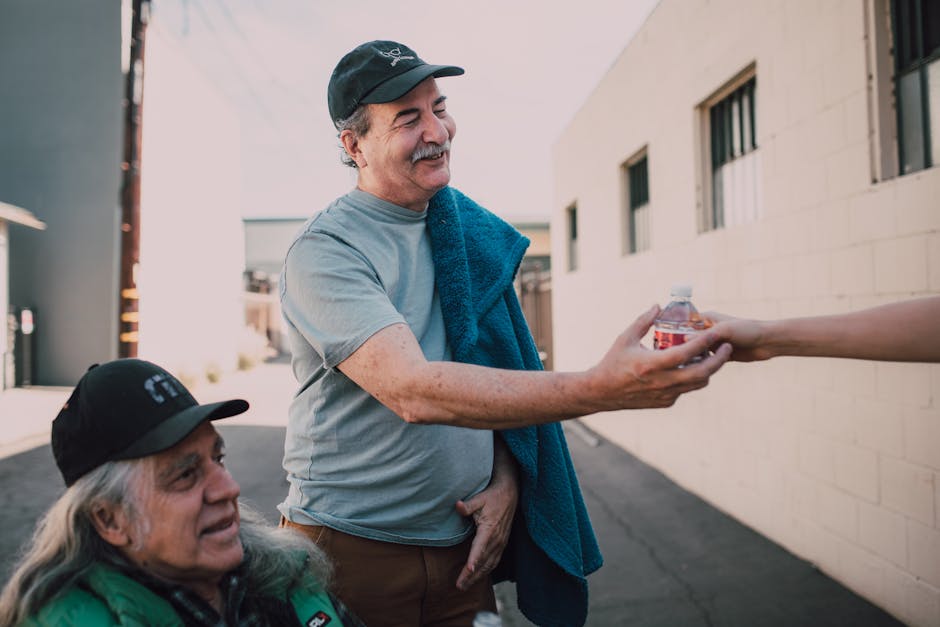Find a supportive, safe neighborhood and build a local community with resources, peer groups, and ongoing support to navigate co-parenting post-divorce with your new partner.
Step 1: Identify Emotionally Safe Neighborhoods
Richmond’s own open data portal offers detailed crime heat maps that spotlight safer pockets—think The Fan or Westover Hills. A quick 30‑minute scan on a smartphone with the Walk Score app can reveal pedestrian‑friendly blocks, nearby parks, and active neighborhood associations. Look for strong school communities—Richmond PTAs and Boys & Girls Club programs at MLK Jr. Middle are prime indicators of extra family support.

Tip: Spend about 30 minutes researching crime patterns and walkability to zero in on emotionally safe areas.
Estimated time:
Step 2: Map Local Wellness and Support Resources
Cross‑reference live mental‑health services in your ZIP code—start with Mental Health America rankings and VCU Health outreach clinics—against home‑price trends on Zillow. Reviewing Virginia’s lease protections (see accessible summaries from Viola Law’s Richmond branch) helps if you’re newly separated. Reach out to Happy New Beginnings realtors for guidance on neighborhoods that track low youth anxiety, a key community‑safety marker.

Plan: Allocate about 45 minutes to compile and review local support data.
Estimated time:
Step 3: Plug into Trusted Peer Groups
Find social support through groups like the Midlothian Family YMCA’s free “New Roots” meetup—an ideal starting point for separated adults. Browse RVA Divorce Support on Meetup for shared outings and practice CASEL social‑emotional skills: active listening, relationship building, and self‑management.
Examples of CASEL Skills in Action
- Active Listening: Reflect back what you hear to build trust.
- Relationship Building: Invite someone new to coffee for rapport.
- Self‑Management: Use breath techniques during group discussions.
Expected time: 1–2 hours to explore, join, and attend your first session.
Estimated time:
Step 4: Activate Community Connections
Reach out to local faith leaders at First Baptist or St. James’s Episcopal for volunteer events. Attend Family Support Center workshops and Big Brothers Big Sisters Richmond gatherings. Use Nextdoor polls to survey neighbors on programs—your feedback boosts community ownership and trust.

Dedicate at least one hour each week to these activities to build rapport.
Estimated time:
Step 5: Nurture Your Support System
Set up regular check‑ins via group texts or Slack channels, then host monthly potlucks at Chimborazo Community Garden. Track rising school attendance and reduced stress with PSS-10 surveys to gauge neighborhood wellbeing. Over time, these small efforts co‑create a blueprint for an emotionally safe community.

Spend 30–60 minutes a month maintaining these connections to keep your network strong.
Estimated time:
Key Terms
- Emotional Safety
- Feeling secure, respected, and supported in your environment.
- CASEL
- Collaborative for Academic, Social, and Emotional Learning.
- Walk Score
- Rating of a neighborhood’s walkability based on proximity to amenities.
divorced individuals, co-parenting, blended family, new partner, community support, emotional safety, neighborhood safety, wellness resources, peer support, social support groups, community connection, trust-building, mental health, local resources, family support, community engagement, active listening, relationship building, self-management, social-emotional skills, community safety markers, neighborhood wellbeing, bonding activities, mutual support, support system maintenance, community potluck, support network, emotional stability, neighborhood support, co-parenting challenges, creating safe spaces, social integration